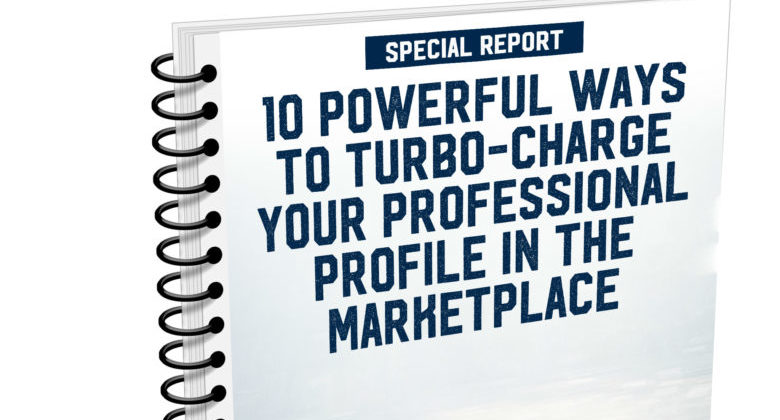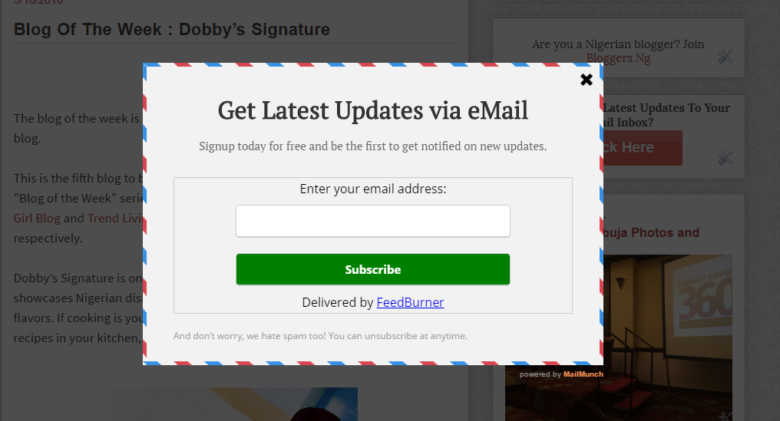Blogging is a way to share your unique thoughts with the world, via the Internet. And millions of bloggers are doing just that. Some of them are even making money, lots of money. This article shares the advice of three money-making bloggers you can use today.
1. Start

A good and obvious place to start is to decide what you want to blog about. Your next thought should be to determine your niche (topic) or demographic (audience). Excluding your mom, who is going to read your blog? After all, if you want to make money, you’re going to need readers. A whole lot of them. Are you going to write about hiking? (Niche) Or hiking in Colorado? (More specific niche) Are you going to write useful information for high school principals, southern housewives, or middle aged men, for example? (demographics) You probably already have a rough idea of who your audience will be. The next step will help you make sure they read your blog.
2. Keywords

You can write the most informative, entertaining blog in the world, but if nobody’s searching for it, who’s going to read it? Does your topic get traffic? Visit Semrush to find out how many times it was searched. The results will help you decide which keywords to use, what to call your blog, or whether you need to tweak the name or to choose a new topic…if the results are low. Blog Tyrant recommends using Market Samurai and Majestic SEO to see what keywords and backlinks your competitors are going after. Analyzing keywords before you start writing might make the difference between a profitable blog or one that sits alone and unread in the blogging universe.
3. Plan Backwards

Blog Tyrant suggest planning backwards. That means, before you begin typing your breakout blog post, strategize how you intend it to bring in bucks. Consider your niche or your target demographic. Is this group likely to spend money? Yes. Great! What product, service, or course could you offer them? Which relevant third party products or services would want to advertise on your blog? What affiliates can you join? If you are not sure, visit competing or like-minded blogs. What types of ads are on their screen?
4. The Content

Simply said, it’s gotta be useful or helpful. Amy Lynn Andrews, on her blog about blogging, says that she’s “watched the blogosphere for years.” She simplifies what readers want into these five categories: solving a problem, relieving fears, learning something new, reaching a goal, and being entertained. Which “itch” is your blog going to scratch? Okay, now that that’s settled, and you planned backwards, we can focus on getting you readers.
5. Get Readers

If you want your blog to be a money-maker, you need readers. Thousands. You want people to share your content and you want them to subscribe for future posts. How are you going to get these readers? Problogger advises creating a list of the top three most popular blogs, forums, podcasts, and people your audience follow on social media. Use this list to know where you should start “hanging out” and contributing. You can offer good comments, guest posts, or answers to questions. Hanging out in these spheres will also help you develop a list of keywords. Check out Blog Tyrant’s 41 Tips To Help You Get 10,000 Email Subscribers for Your List. You’ll find a strategy here to help you, too.
6. Give To Get

You like free stuff, don’t you? Everybody does. That’s why it pays to give your readers something for free, especially the first time they “meet” you. This might require more work, but it will pay great dividends in the form of subscribers. In your blog, offer them a chance to get a free e-book, tip sheet, report, podcast, recipe, infographic, course, etc. (Be sure to read #8.) You’ll have to create this content, and it must relate to your topic, but giveaways motivate people to subscribe. There’s another way to move readers to subscribe…
7. Pop Up Button

Adding a pop-up button for readers to easily see and to click to get the giveaway (and subscribe) will help you lock in readers. It will. It may also turn others off if they, like some people, are annoyed at pop ups. You have to decide if it’s worth the risk. Alternatively, if you’re using an email management system (see next slide) you can probably find a widget allowing you to drag and drop a subscription form into your sidebar. Of course, you can simply put a link in your text, but it won’t be as visible as a pop up or sidebar.
8. Email Management

It’s worth investing in a service that hosts your distribution list. Mailchimp and Aweber are good resources that will manage your mailings, send immediate automated replies, and fulfill your freebies. They maintain your professional appearance and they allow you to plow forward with your blogging…and not get bogged down by tasks that could (and should) be automated. Blog Tyrant kicks himself for not using a service like this sooner, citing lots of missed revenues. Speaking of revenues…
9. Advertising

Your blog targets a specific demographic or a tight niche. Check. You’re delivering helpful and useful content. Check. You’ve developed a significant following or distribution list. Check. Now companies that want to reach your audience might want to advertise on your blog, much like a magazine ad. Except your blog is the “magazine.” The check is in the bank! While you wait to grow your following, you can try using Google AdSense, a platform that utilizes a network of advertisers who bid to put their ads on your page. Here are nine other ad networks you can use as well if you have a hard time getting accepted by Google.
10. Pay Per Click

Pay Per Click (PPC) is probably the most popular way to earn money from your blog. You sign up with an ad network, like Google’s Adsense, and they find companies to put their ads on your blog. If a reader clicks on the ad, you get paid. Adsense is the most popular, but it comes with rules and it takes work to apply. Here’s a good article about applying to Adsense.
11. CPM

Cost Per Impression, known as CPM, is another type of advertising revenue structure. It is based on impressions. You get paid for every thousand (M) people who visit your blog and see the ad. You sign up for a CPM program, put an ad code on your site, and ads will start appearing. If you have a large, dedicated audience, this could be a lucrative avenue which does not rely on visitors clicking or purchasing from the vendors.
12. Sell Directly

Of course, you can opt for the old school method and contact businesses directly. Tell them about your blog and why it’s worth it for them to advertise on it. You can also place your own banner ad inviting businesses to “Advertise Here” and subscribe to OIO Publisher, a WordPress plug in, to easily sell and manage ads. It cost under $50.
13. Affiliate Marketing

With this strategy, you can earn commissions by promoting other companies’ products on your site. You can do this by openly endorsing the product and offering a link or by placing a banner that links to the other party’s site. You receive a small commission on each sale. If you endorse a product, you’ll probably see better results if you use and believe in the product yourself. Blog Tyrant is clear that he uses and loves the affiliates he promotes. He also lets readers know that he receives a commission if readers choose to buy those products or use those services via the links on his site. His honesty inspires trust and makes readers want to use his links. Ka-ching.
14. Pay For Hosting?

Everybody agrees it is absolutely, definitely worth paying a service and not using a free blog host. Paying gives you full control over your site, it builds your brand (versus building the free blog site’s brand), and it lets you add any necessary and helpful plug-ins to help you be more successful (ahem, profitable). Also, free domains that come with free platforms rank lower in searches. You get what you pay for. We hope these tips pay off for you. Please add your tips or advice in the comments section below.
[Featured Image Credit: http://www.eatthis.com]
